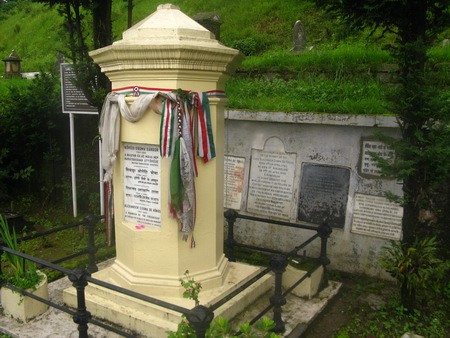Ahmad ibn Fadlan is one of the most prominent Arab scholars and travelers of the 10th century. His reputation is due to his accounts of his travels. He started his journey in 921, during which he visited the Khazars and the Bulgarians, and he also got in touch with the Hungarians. However, the original of the report was destroyed, leaving the audience with only one copy of the content, the XX. century.
Ahmad ibn Fadlan departed from Baghdad to the Bulgarian Volga in 921 on behalf of the al-Muqtadir caliph. Diplomats from Baghdad were invited by Bulgarian Prince Almiš of Volga. The Bulgarian ruler and his surroundings converted to the Muslim faith, but through the inexperience of the doctrines of religion, he demanded prayerful and religious teachers from the Baghdad Caliph. The rich embassy arrived at the Volga-Kama Volga Bulgarians, touching Khorezm and the Kazak steppe, and probably returned home in 923 on the same route.


